Officials have vowed zero tolerance for the violence that has marred the weekly protests since they began two months ago, deploying some 80,000 security forces nationwide.
In Paris, epicentre of the fiery street clashes and vandalism that have made global headlines, 5,000 riot police were on hand, using tall barricades and armoured vehicles to lock down the central Place de la Concorde and surrounding districts.
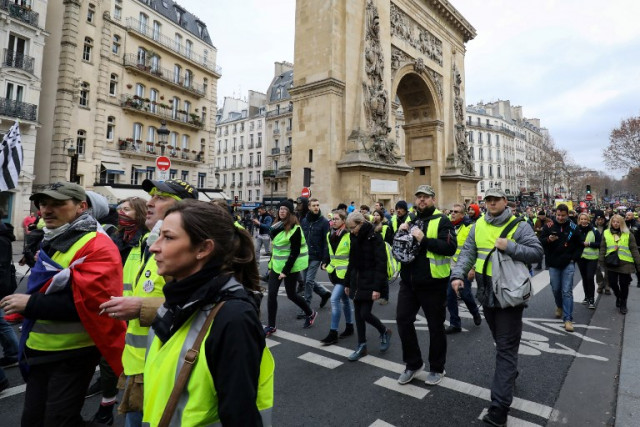
Hundreds of officers were also on guard on the Champs-Elysees, where banks, jewellery stores and other shops had boarded up windows in anticipation of renewed looting and violence. Businesses have taken a heavy hit since the protests began in November, losing out on millions of euros in Christmas revenue as shoppers steered clear of the protests.
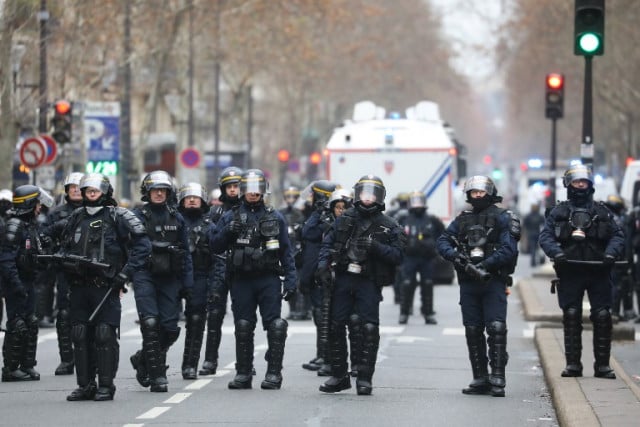
'We'll make ourselves heard'
“We've come to Paris to make ourselves heard, and we wanted to see for ourselves at least once what's going on here,” said Patrick, 37, who told AFP he had travelled from the Savoie region of western France.
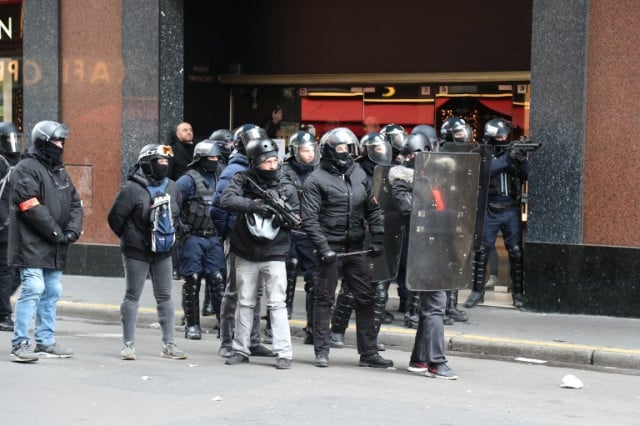
Mutual mistrust
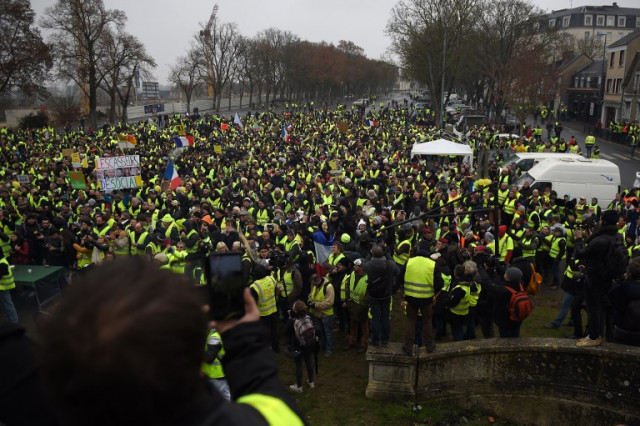

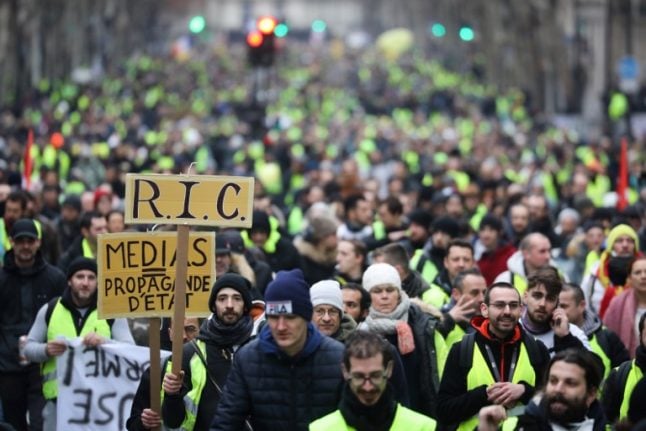
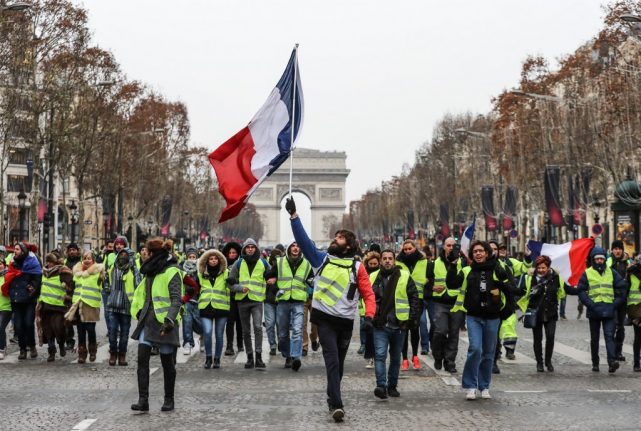
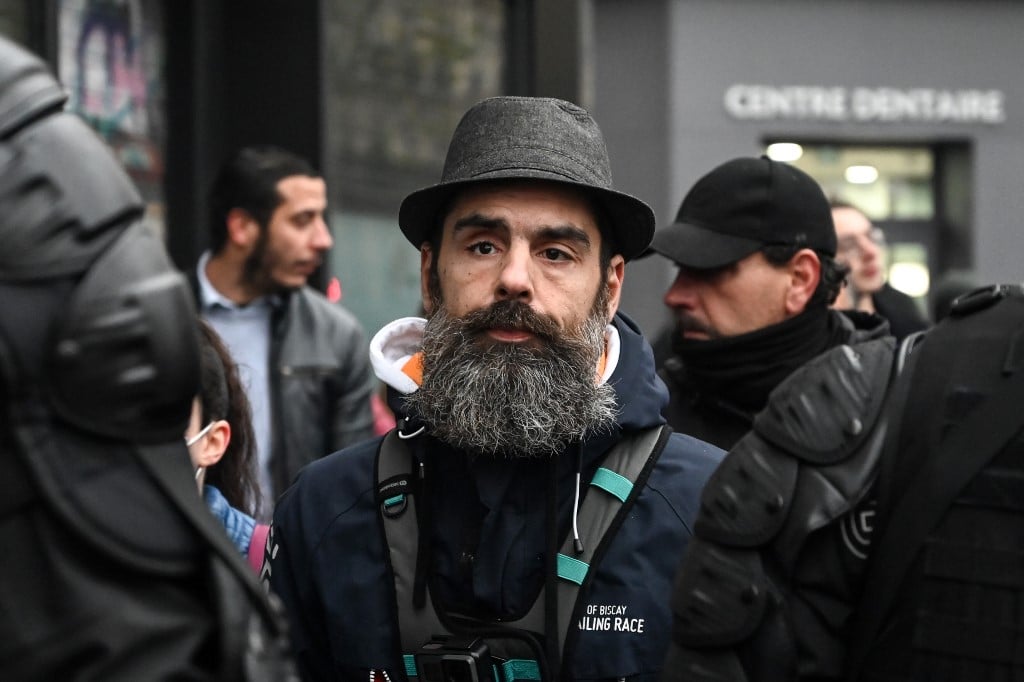
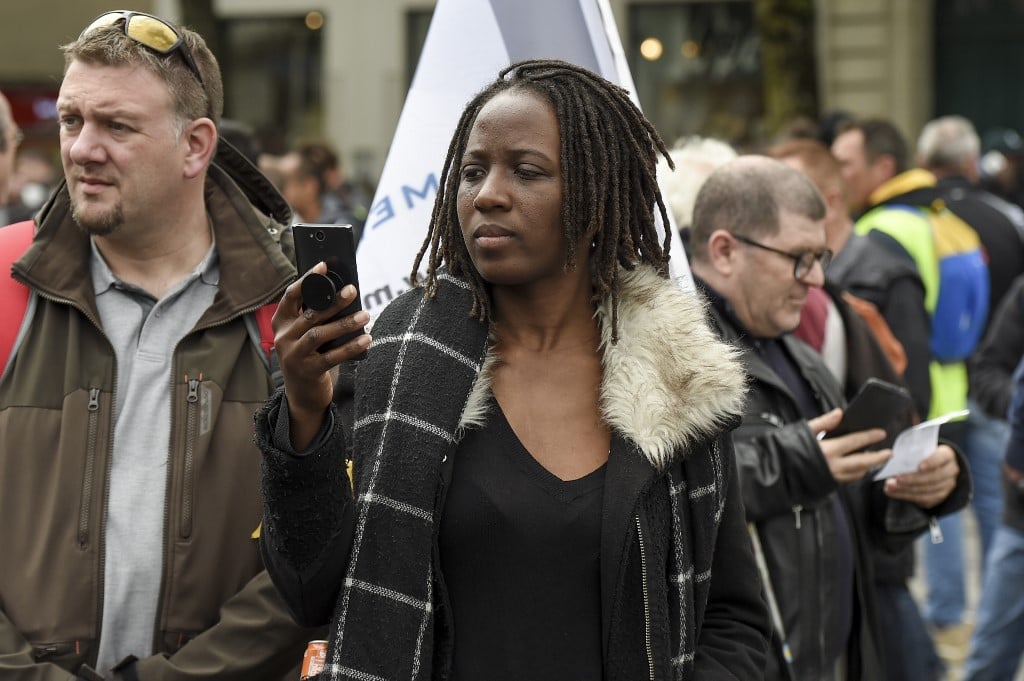
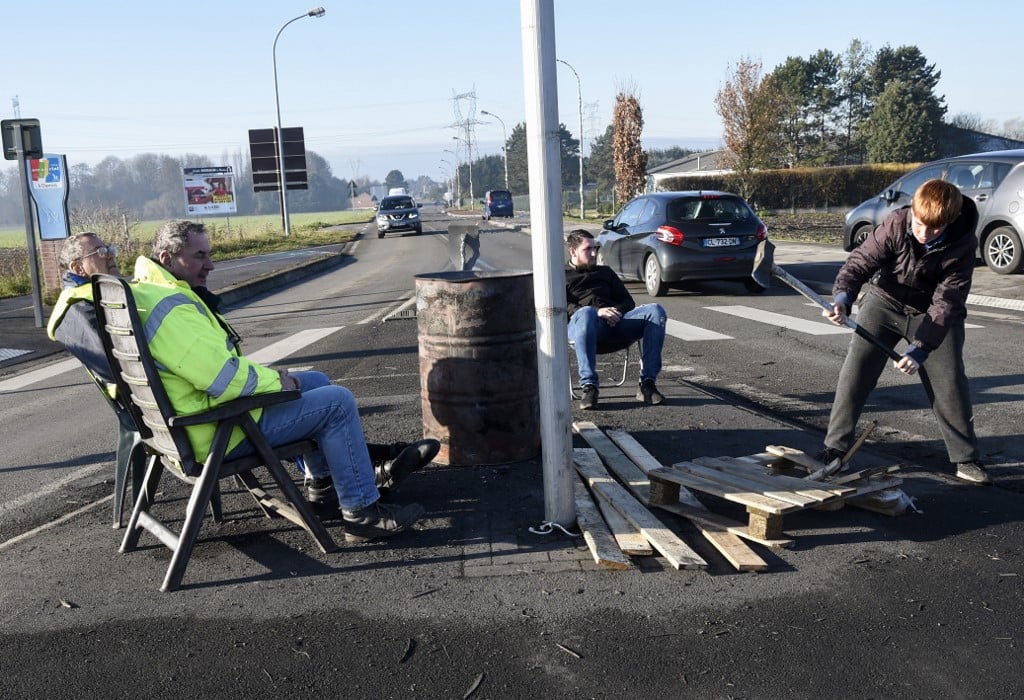
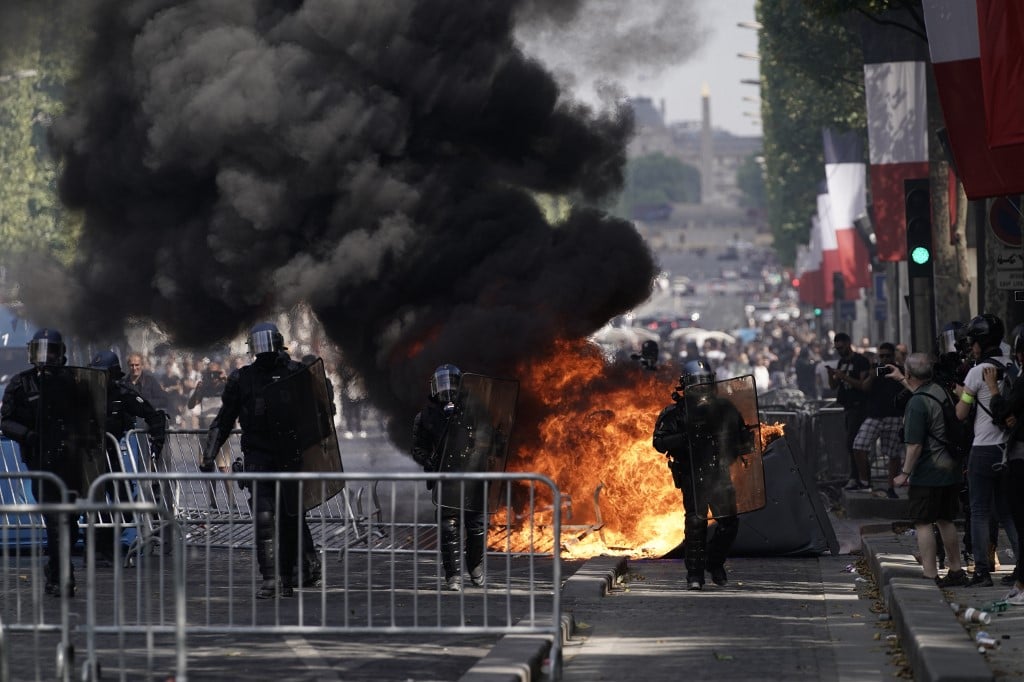
 Please whitelist us to continue reading.
Please whitelist us to continue reading.
Member comments